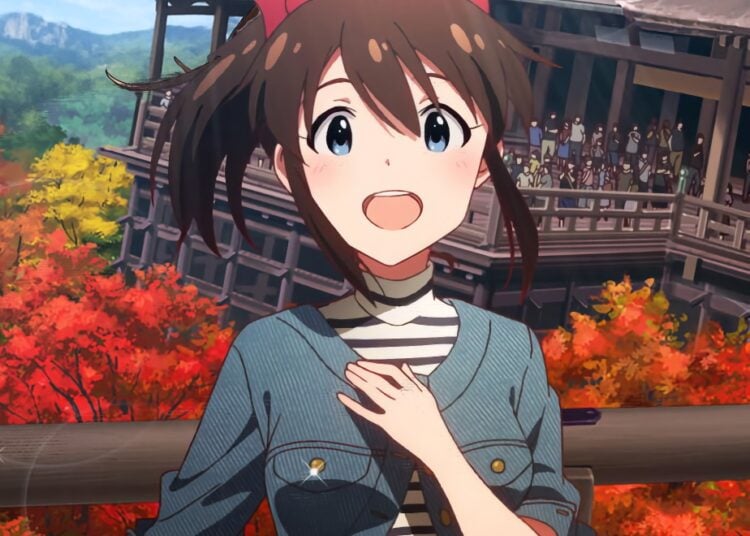Hello from J-List! We’re hearing the first rumblings of Spring here in Japan, a time that’s called Haru Ichiban. On the Kanto plain that means strong, dusty winds blowing everywhere as high pressure and low pressure zones fight it out for control of the skies. The J-List office is shaking so much it seems like another earthquake, but it’s just the wind outside.
When I was a boy, I lived for a year in New Zealand, and one of the things I remember about my time there was watching historical dramas on the BBC about the kings and queens of England. Japan also has a strong tradition of reliving history through jidai-geki (period dramas). Last year, everyone was buzzing about Shinsengumi, the popular NHK drama that detailed the struggle between the old Shogunate and the rebellious reformers who would eventually go on to modernize Japan. The new show everyone’s watching now is Yoshitsune, about the charismatic young warrior Yoshitsune (1159-1189) who lived during the Kamakura Period, as told in the Tale of the Heike, one of Japan’s historical records. One episode I watched featured a famous battle between young Yoshitsune and a 7-foot-tall warrior monk Benkei on Kyoto’s Gojo Bridge. Yoshitsune beat the larger Benkei by whacking him in the shin, and to this day that part of the body is known as Benkei no Nakidokoro or Benkei’s Crying Place — kind of like a Japanese version of the Achilles Heel.
The subject of Japanese group dynamics never ceases to amaze me. In general, the Japanese tend to prefer harmony to confrontation, and getting along is important to people here. From time to time, I’ve noticed that Japanese will often have a spirited discussion about a subject that everyone already agrees on, with each person adding comments that echo what everyone has already said. I often see my wife’s mother doing this with her obatarian (middle-aged female) friends — they’ll be debating, say, the shortcomings of the woman that someone’s son has married, with each person throwing in their opinion even though they are all already in perfect agreement with each other. Another odd tendency I’ve seen is the putting down of family members in front of others as a way of showing humility, since politeness in Japanese is based on raising up the status of those you want to be polite to while pushing your own status lower. For example, my mother-in-law might say to her friends that our kids are stupid (baka) and never study. We’ve had to go out of our way to forbid this kind of negative talk in our house.















